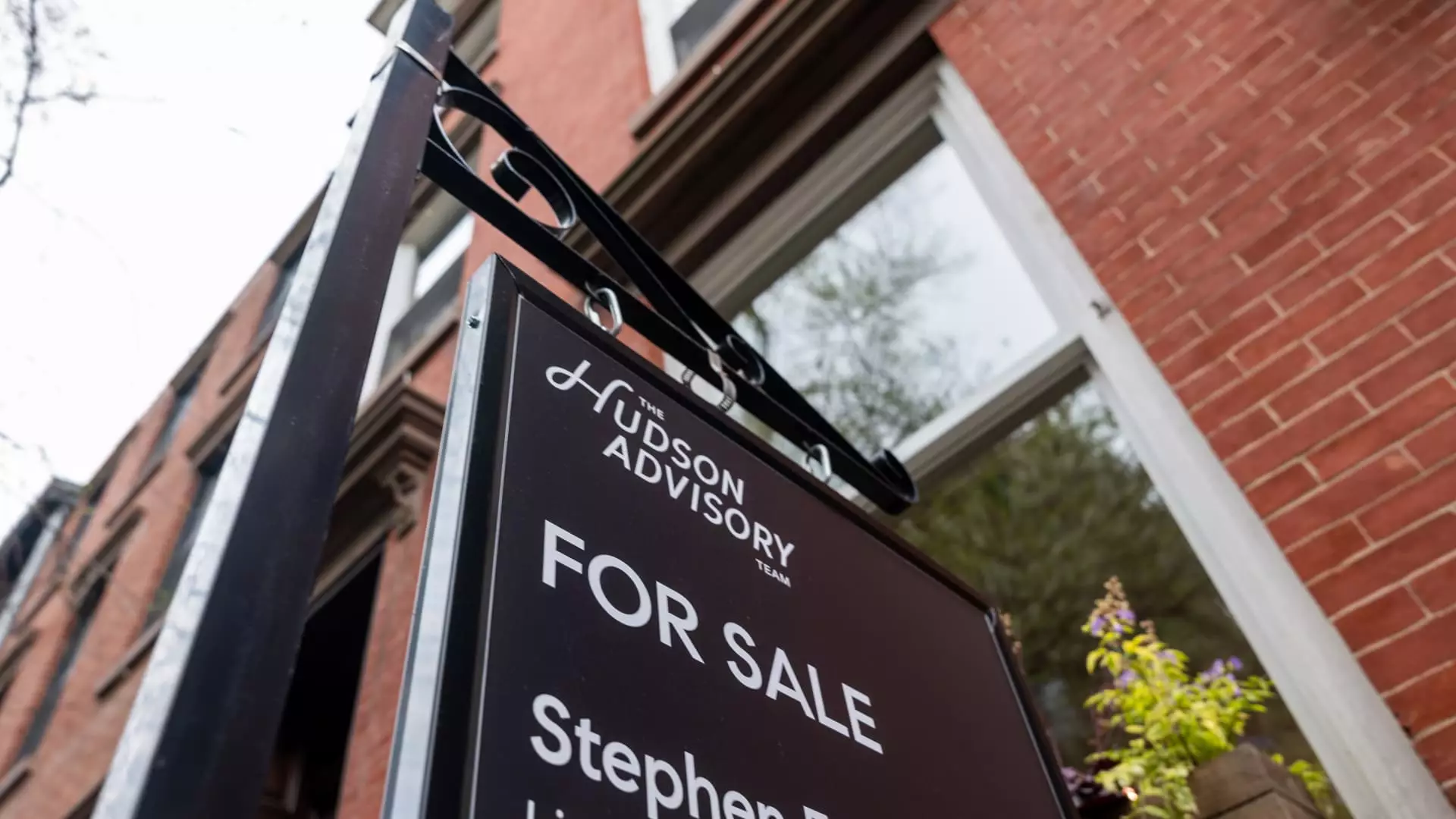The latest surge in the average rate on a 30-year fixed mortgage to 7.1% signals a dire warning for potential homebuyers and homeowners alike. While this milestone might seem like just another blip in the ever-shifting labyrinth of the housing market, the implications of such a rise could spell disaster for many. The correlation between mortgage rates and the Treasury yields has become alarmingly tenuous, reflecting not only a fluctuating economy but a shift in consumer sentiment that could stymie aspirations of homeownership for countless individuals.
Inflation: The Silent Killer of Affordability
As the economic climate becomes increasingly turbulent, the confluence of rising inflation—jumping from 5% in March to an eye-watering 6.7% in April—threatens the very foundation of housing affordability. For the average consumer, the prospect of purchasing a home is intrinsically tied to their financial health, and with inflation inflicting pain across the board, homeownership is rapidly becoming a distant dream. The perception that housing is a solid investment is being challenged by the reality of rising mortgage costs, further exacerbated by soaring costs of living.
The Tariff Tango: Volatility at Its Core
President Trump’s flirtation with tariffs has only deepened the uncertainty in the housing market. Initially, the imposition of new tariffs led to a spike in bond yields, which, in turn, accelerated the rise in mortgage rates. The subsequent retraction of most tariffs was a momentary reprieve, yet the exorbitant 145% rates on Chinese imports loom large. This brinksmanship creates a volatile environment where investors remain skittish, triggering erratic movements in bond markets that impact mortgage costs. It’s an exhausting cycle, leaving consumers exasperated and ready to abandon their home-buying ambitions.
The Spring Housing Market: Dead on Arrival?
What’s particularly disconcerting is that this tumultuous financial climate coincides with the spring housing market, traditionally a time when buyers eagerly dive into the real estate arena. However, with consumer sentiment taking a nosedive, many are opting out of the race, a reality echoed in the comments of Nancy Lazar, chief global economist. The notion of housing not being a viable option for many consumers in the face of rising mortgage rates and job market anxieties paints a bleak picture. This environment is not just challenging; it represents a significant barrier that threatens to leave aspiring homeowners sidelined.
From Hope to Hopelessness: The Consumer Perspective
For families dreaming of home ownership, every percentage point increase in mortgage rates doesn’t just represent a higher monthly payment; it symbolizes a retreat from the American Dream. The psychological toll of diminished purchasing power, combined with economic uncertainties, places an added burden on potential homebuyers. The sentiment of hopelessness prevalent in today’s market isn’t merely an abstraction—it’s a stark reflection of the realities faced by many who find themselves grappling with the economic aftermath of government decisions and market volatility.
This isn’t just a statistical anomaly; it’s a critical moment in the housing market that demands urgent attention from policymakers and industry leaders alike. The stakes have never been higher, and the impact of stagnating consumer confidence in housing could reverberate through the economy for years to come. The question is: who will step up to address this crisis before it spirals out of control?

